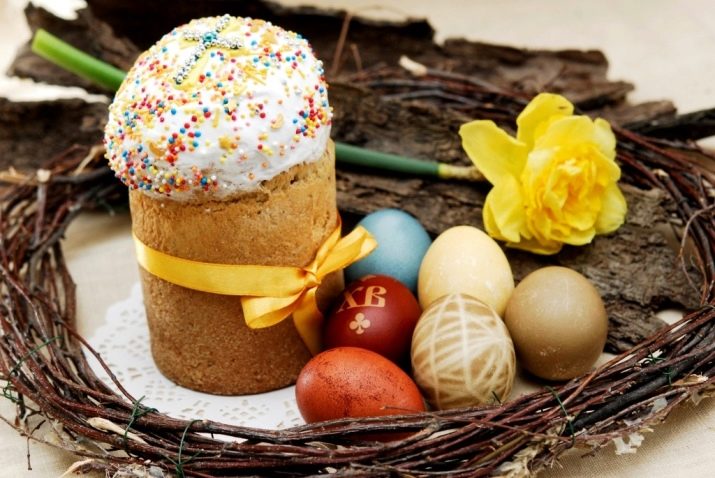Why are eggs painted on Easter?
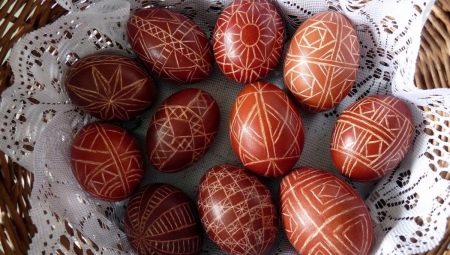
Almost everyone is familiar with such delicacies as Easter cakes, cottage cheese muffins and colored eggs. Traditionally, festive food is prepared and, among other things, future dyes are cooked on Maundy Thursday. At the same time, not everyone knows why these same eggs are painted on this great day for all believers, and where this tradition came from. It is worth noting that it has deep historical roots, apart from the religious context.
Tradition before the rise of Christianity
Many people mistakenly believe that dyeing eggs is an Easter tradition that began with the resurrection of Christ. However, in reality, this does not fully correspond to reality. The painting of these ancient food products appeared much earlier than the specified time and initially did not represent a symbol of any holiday.
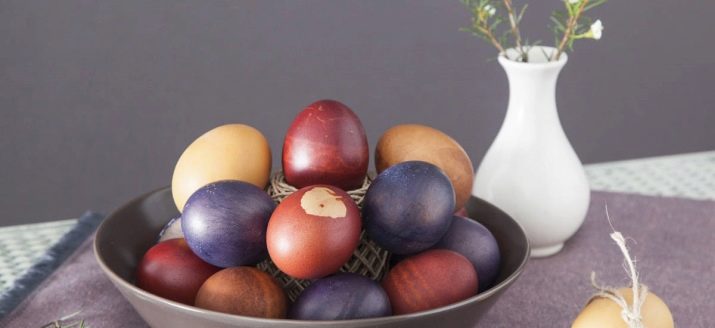
It is important to note that in the myths of most peoples, the egg has always been associated with the origin of life. It was a symbol of the source of something new. For example, in the East, it was believed that it was the egg that was the repository of life forms and the foundation of the world when chaos reigned in it. At the same time, his shell was heated by fire, thanks to which the Panu creature was eventually born.
Besides, in ancient times, the egg was perceived as a symbol of the sun, which, with the arrival of spring, brings warmth, light, and also joy. It was presented to the gods, and also presented in the first days of the New Year and as gifts for those closest to them on their birthday. By the way, more prosperous and wealthy people ordered eggs made of precious metals for themselves.
Archaeologists and researchers based on the data obtained were able to prove that even 60,000 years ago, eggs were painted in different colors. In fairness, it should be noted that they were ostrich. True, the purpose of such manipulations with food has not yet been fully clarified. According to one of the versions, we are talking about some pagan rituals.
And also proven is the fact that eggs were painted, including the ancient Egyptians, Romans, Persians and Greeks.
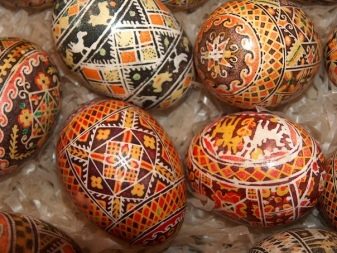
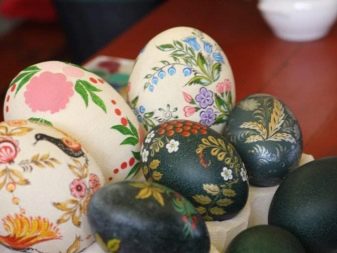
In Rome, the tradition began with the birth of Marcus Aurelius. According to a well-known legend, just before the birth of the future emperor, his mother's chicken laid an unusual egg. Its uniqueness lay in the fact that it was white, but completely covered with specks of red. This sign was taken as an auspicious omen, and after that they began to paint chicken eggs and present them as gifts.
The Slavs created the first krashenki, celebrating the arrival of spring after the awakening of nature from a long winter sleep. It is worth noting that for them, as for pagans, the eggs themselves had a special meaning and symbolized the origin of life. In this case, the shell served as an external barrier. If we are talking about the Christian tradition, then it is worth recalling that the first mentions of dyes date back to the 10th century AD. It is indicated that after the service the priests distributed them to the parishioners.

Modern versions
At the moment, dyeing eggs is an exclusively Easter custom. At the same time, historians and other scientists try to explain its origin by analyzing versions that are directly related to the formation of Christianity. There are three main theories, according to which people began to make dyes.
-
Initially, the egg symbolized the tomb of the Lord. It is worth recalling that at that time, the dead were often buried in caves, the entrance to which was closed with heavy and massive stones. This is exactly how the burial place of Jesus looked, and at the entrance there was a huge boulder that outwardly resembles an egg. This, according to some researchers, was the reason for the special attitude to the described product, and later to the Easter delicacy.
-
Virgin Mary entertained newborn Jesus with eggs painted in different colors, that is, I used them as toys. This version is confirmed by the belief that it was the dyed women who were the favorite toys of the little Christ.
-
Boiled eggs were once the first course, which was served after the end of Lent.

It is no secret that fasting today is not observed as strictly as it was before, when meat, dairy products and eggs were not consumed. Predictably, over such a fairly long period, these products accumulated in large quantities. And this is not surprising, since the chickens continued to rush.
In order to separate the eggs, taking into account their freshness, dyes were added during cooking, which is why dyes were already served on the festive table.
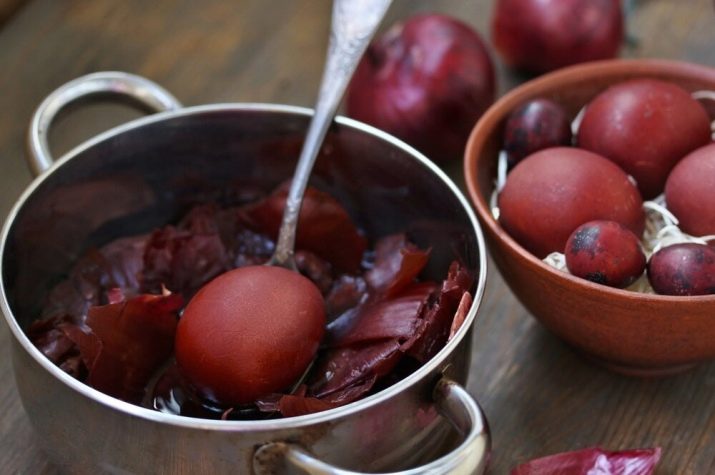
If you delve into each of these theories, you can understand that they all have a right to exist and could in one way or another affect the formation of the tradition in question. Now one can only guess which of the factors had the greatest influence. At the same time, we can confidently conclude that the values of colored eggs at different times could differ significantly from each other.

What does the Bible say?
Initially, it should be noted that in Christianity and, in particular, in Orthodoxy, the described custom is a symbol of the sacrament. That is why this tradition is observed by all who consider themselves to be the bearers of the faith. By the way, in the 13th century church laws, it is noted that a monk who does not eat a painted egg on Easter Sunday may be punished by the abbot. Such an offense was interpreted as an attempt, albeit unintentional, to question the tradition.
Of course, there is no reason to reject theories based on the study of the history of different countries. But at the same time, one cannot ignore the biblical version of what the tradition is connected with and where it came from, which supports the special meaning of dyes. And in this case we are talking about the fact that the custom is associated with Mary Magdalene, who, as you know, was a follower of Jesus.

Having learned about the resurrection of Christ, she decided to convey this message not only to ordinary people, but also to Emperor Tiberius. Having faced the ruler, according to the customs that were current at that time, Mary had to present him with some gift. However, at that time she had nothing of value with her, only a chicken egg. It was this that she gave to Tiberius, telling the news of the resurrection. However, the emperor did not believe the woman and even ridiculed the statement that a deceased person could return to life.
The ruler pointed out that the chances of being resurrected are the same as the eggs presented to him will turn red. It was after these words of Tiberius that a real miracle happened, because in front of everyone's eyes the gift in his hands turned red. Naturally, this was the reason not to question the words of Magdalene. It is believed that this is how one of the brightest symbols of both the resurrection of Christ itself and the holiday of Easter appeared.
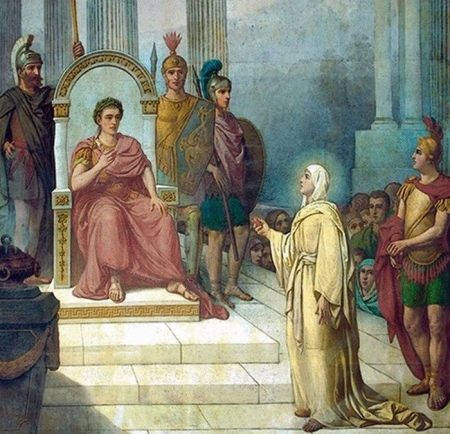
It is also worth mentioning the custom to be sure to fight with dyes. Today, there are different theories about how this tradition appeared, and why it is customary to break eggs in this way.
-
A kind of competition is a symbol of the struggle between good and evil.
-
Previously, there was a ban on kissing on the described holiday, and people thus kind of greeted each other.
-
From a religious point of view, beating eggs, which represent the tomb of the Lord, helps Jesus to get out of it faster, that is, to resurrect.

What do the different colors mean?
Even having briefly studied the tradition of coloring the considered element of the Easter table and an integral attribute of the holiday itself, it is worth noting that the eggs of scarlet and crimson have always been traditional. Here it is worth focusing on two key versions of this choice of shades.
-
When creating the first dyes, predictably, exclusively natural dyes were used, since artificial analogues, of course, simply did not exist in those days. And one of the main tools then was onion peel.
-
It was invented to paint Easter eggs red because it symbolized the blood of Jesus shed on the cross to save people.

Today you can see dyes of various shades. In addition, they are hand painted and decorated with all kinds of decorative elements. In this case, the colors have the following meanings.
-
Red - eternal life and the blood of the Savior shed for humanity.
-
Brown is a symbol of fertility and well-being.
-
Orange is fun.
-
Yellow is the color associated with the Sun.
-
Blue is a sign of heaven and the abode of angels.
-
Green is a symbol of health and awakening spring nature.
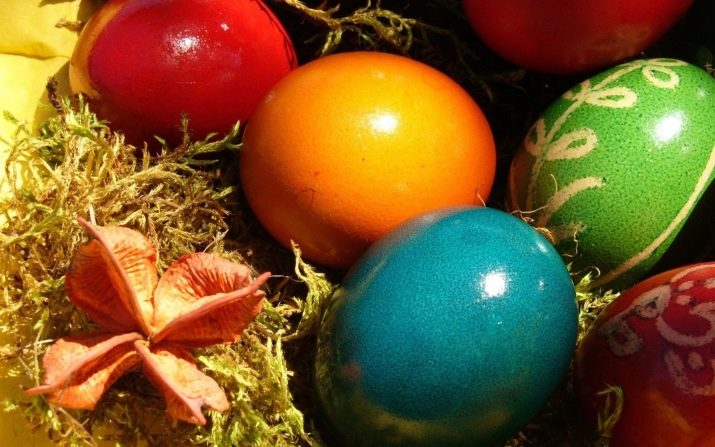
Summing up, it will be important to note that all the described Christian traditions are relevant not only for the Orthodox. Easter customs are also observed by Catholics. They also paint eggs for Easter, decorating them with different patterns. In addition, they are popular with chocolate treats, made in the form of this traditional symbol of the great holiday.
